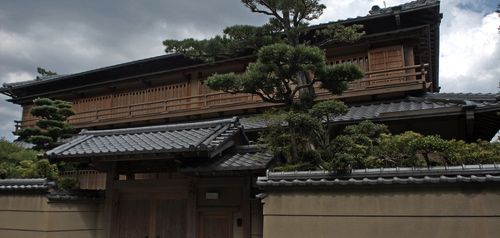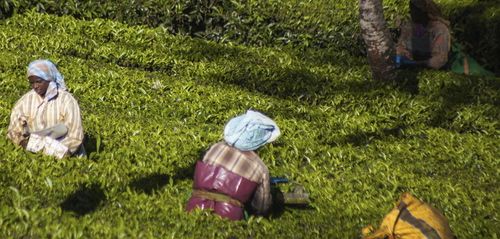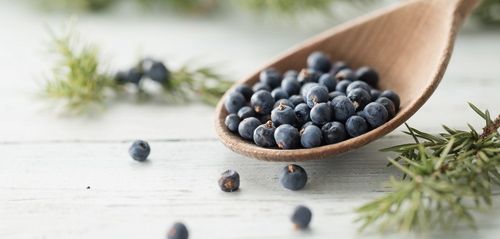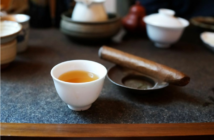Tea terminology can be mind-bogglingly complex. Which is why we bring you Tea A-Z, a guide to deciphering both common and completely bewildering concepts from the world of tea. Let’s dive in!
Japan
 We begin our journey into the letter J with tea producer and consumer, Japan. Known for its teahouses, ceremonies and green tea, tea has been an integral part of Japanese culture for centuries.
We begin our journey into the letter J with tea producer and consumer, Japan. Known for its teahouses, ceremonies and green tea, tea has been an integral part of Japanese culture for centuries.
Japan’s journey into tea was believed to begin in the 9th century when Buddhist monks from China brought this delicate beverage over. At first limited to royalty, tea consumption quickly extended throughout the masses. Today, green tea is a regular part of the Japanese diet, with the majority of Japanese tea production being consumed at home.
Although tea is now grown throughout most of Japan, the three key areas remain Shizuoka, Kagoshima and Mie. Japan is best known for their green tea and matcha. Bancha, the most popular variety within Japan, and Sencha became increasingly popular in the West. Bancha is the basic Japanese green tea, harvested later in the season, and produces a coarser, roasted green. Sencha green tea is created by steaming the leaves before drying and then firing them.
How Green Tea is Grown in Japan
Types of Japanese Green Tea
Jasmine

Have you ever wondered how jasmine and tea became one? Well the journey all began in China when the fragrant plant as introduced in 200 AD. However it wasn’t until the fifth century that jasmine was first used to scent tea.
The infusion of jasmine is far from a simple task. The flowers are picked early in the morning while the petals are still closed. One method to create the tea is layering jasmine and green tea, until the tea is fully immersed in the scents and flavors of Jasmine. This process can take hours with the layering process repeated several times until the exact scent and taste are achieved.
Wikipedia: Jasmine Tea
What is Jasmine Tea
Jat

Do you want to sound like a tea producer? Use the word Jat to describe the origin of the tea. For example China Jat or India Jat would mean tea from China or tea from India. Jat basically means that the tea is produced from seeds or cuttings from that region.
Varieties, Cultivars, Clones–oh, my!
Juniper Berry

Suffering from inflammation or bloating? Try brewing up a cup of juniper berry tea. Used as a common healing treatment by Native Americans, juniper berries have been known to help several ailments including gout, congestion, urinary tract infections and arthritis. The fruit from the juniper tree, these berries can be found either in bulk or in tea bag form.




